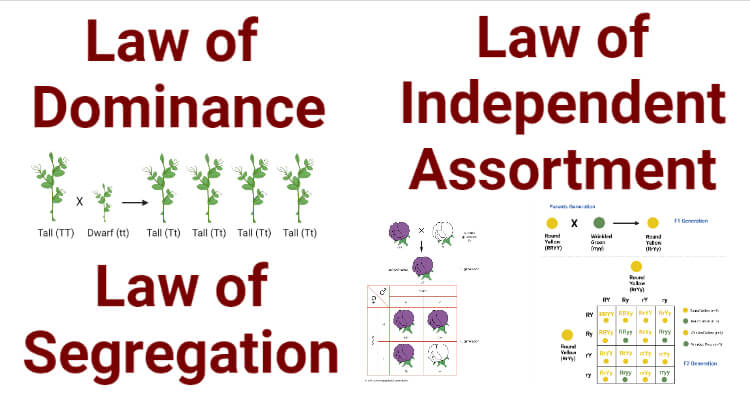

‘‘This law described that alleles of various genes that are distributed during gamete development assort independently of each other.’’ As a result, gene inheritance does not influence gene inheritance somewhere else at one position in the genome.’’ ‘‘Separate couples with alleles are transferred separately from each other to the next generation. Under the segregation law, for any characteristic, including the dominant or recessive trait, a gamete will receive one of the two alleles.Īlso called the second inheritance law, it states that: This determines the sex of the offspring. Human sperm cells contain either X or Y chromosome. Human eggs contain only one type of sex chromosome, i.e. The egg and sperm are the female and male gametes in humans, respectively. Tetrads (where each tetrad consists of four chromatids of a homologous pair that form by synapsis) separate during anaphase I, and then sister chromatids of homologous chromosomes separate during anaphase II.Ī gamete is a cell, which is involved in fertilization. During the formation of gametes, the segregation of two alleles of a gene usually occurs because of the segregation of homologous chromosomes during meiosis. Therefore the segregation law is also known as the law of purity of gametes for this reason.

Consequently, each gamete contains only one member of every pair of genes. Law of Segregation (biology definition): one of the Mendelian Laws of Inheritance stating that the two members of a pair of alleles separate during gamete formation. Alleles are important for the variations in which the trait can be expressed. The expression of traits is the key role of the genes.

Difference between allele and geneĪ gene is an essential part of the DNA that defines a specific trait an allele is a specific form of a gene. In meiosis, the mother’s and the father’s genes are separated, and so the character alleles are separated into two distinct gametes. The exact proof of this was later discovered as the process of meiosis was understood. The copies of a gene are segregated when any individual produces gametes so that each gamete accepts only one copy. ‘‘During the development of the gamete, each gene is segregated in such a way that the gamete consists of just one allele for that gene.’’ ‘‘The two copies of each genetic factor segregate during the development of gametes, to ensure that each parent’s offspring attains one factor.’’ Question: What is the law of segregation?Īnswer: It is also called the first law of inheritance. These laws have significantly expanded the understanding of genetic inheritance and resulted in new experimental methods becoming developed. His experiments explained the transfer of genetic traits from one generation to the next. Three different laws of inheritance were formulated based on his experimentation with pea plant reproduction. The father of genetics, Gregor Mendel, reported his findings in 1860 that initially were unpopular during his time but eventually gained traction and became so widely accepted that his findings paved the way for the founding of the science of genetics.

Law of Independent Assortment and Segregation Law: Similarities.Importance of the Law of Independent Assortment.Why is the Law of Segregation universally accepted?.Where does the law of segregation occur in meiosis?.Principle of Segregation and its Importance.Why is Mendel’s Law of Segregation defined as the purity law of gametes?.Law of Segregation – Biology Definition.


 0 kommentar(er)
0 kommentar(er)
